Ecommerce is estimated to approach $2 trillion in sales in the next few years, according to some experts. It is the fastest growing and most valuable industry. As a digital marketer, I’ve assisted several brands in increasing e-commerce sales. This inspired me to establish my own business and build Ecommerce website so that I could fully comprehend the process of building an eCommerce website and what it takes to launch an internet store from the ground up. Do you just want to get started? Build Ecommerce website now! Sign up for Hostinger and get WooCommerce hosting for your e-commerce website by clicking here.
For most product categories, online buying is common and popular. We’ll take you through how to build ecommerce website construction process, from branding to shipping, and explain what it takes to start your own online business.
- Establish a business idea to build an e-commerce website.
- Research the best eCommerce platforms and develop a plan for launching the website.
- Create a website design and development plan.
- Market the website and generate traffic.
- Analyze and optimize the website performance.
- Conduct market research and adjust the website strategy as necessary.
- Monitor and evaluate the website’s performance and make necessary adjustments.
Let’s check out the 10 most important steps with the experts’ reviews and strategies to build the perfect eCommerce website for your business.
1. Define your goals and establish a business idea to build Ecommerce website.
When it comes to starting a business, one of the first things you need to do is define your goals. What are you hoping to achieve with your business? What kind of impact do you want to make? Once you have a clear idea of your goals, you can begin to establish a business idea that will help you achieve them.
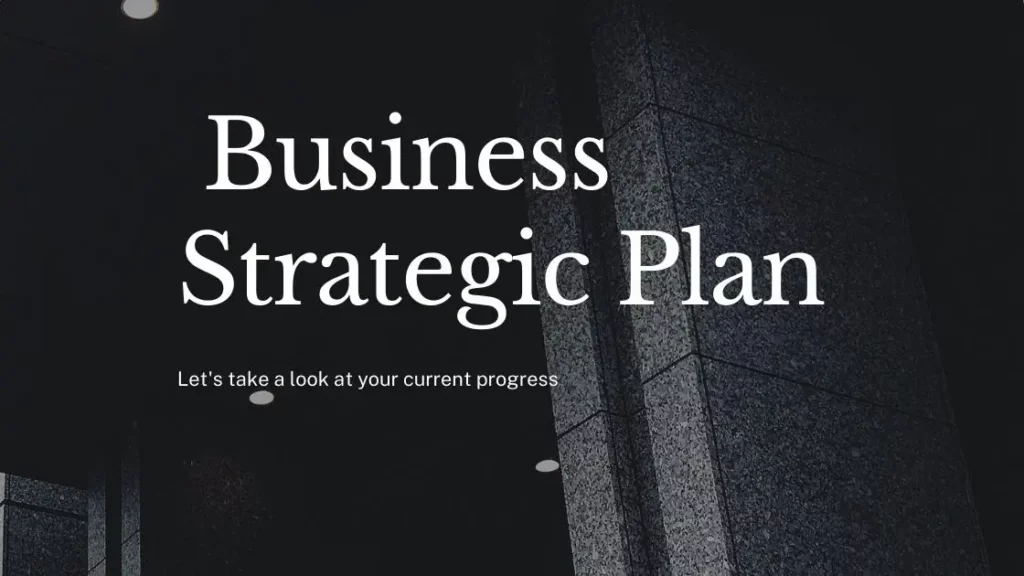
Think about what kind of business you want to start. What are your skills and interests? What is the need or demand in the market for your product or service? Once you have a few ideas, do some research to see if there is a potential market for your business. If so, then it’s time to start planning your business.
Create a business plan that outlines your business goals, strategies, and how you plan on achieving them. This will be your roadmap to success. Be sure to include a marketing plan as well, so you can attract customers and grow your business.
Finally, once you have your business plan in place, you will archive your goals by following the roadmap of your mission.

2. Choose a domain name and hosting for your website.
When you choose a domain name and hosting for your website, you are essentially choosing the online home for your business. It is important to choose a name that is easy to remember and reflects your brand.
Once you have chosen a name, you will need to find a hosting provider that can give you the tools and support you need to get your site up and running. When choosing a hosting provider, be sure to consider your needs and budget. There are a variety of options available, so be sure to do your research before making a final decision.
3. Select an e-commerce platform to build Ecommerce website.
There are many factors to consider when selecting an e-commerce platform for your website. The most important factors include:
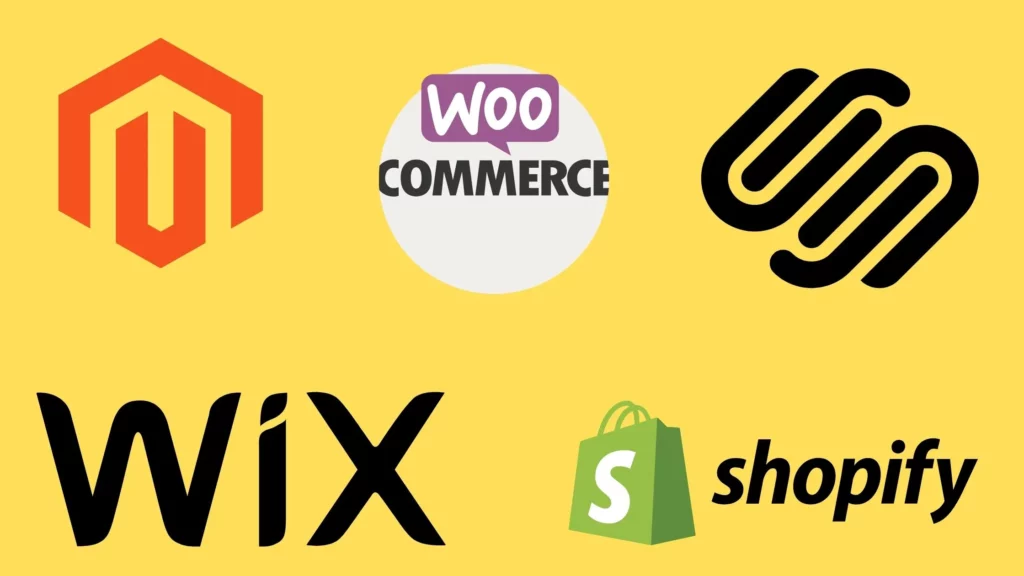
- The cost of the platform
- The features offered by the platform
- The ease of use of the platform
- The security of the platform
- The scalability of the platform
The best way to select an eCommerce platform is to first understand your needs. Once you know what features you need, you can then compare the different platforms and select the one that best meets your needs.
4. Create a website design and development plan.
Creating a website design and development plan doesn’t have to be complicated. In fact, it can be quite simple if you break it down into smaller steps. Here’s a basic outline of what you need to do:
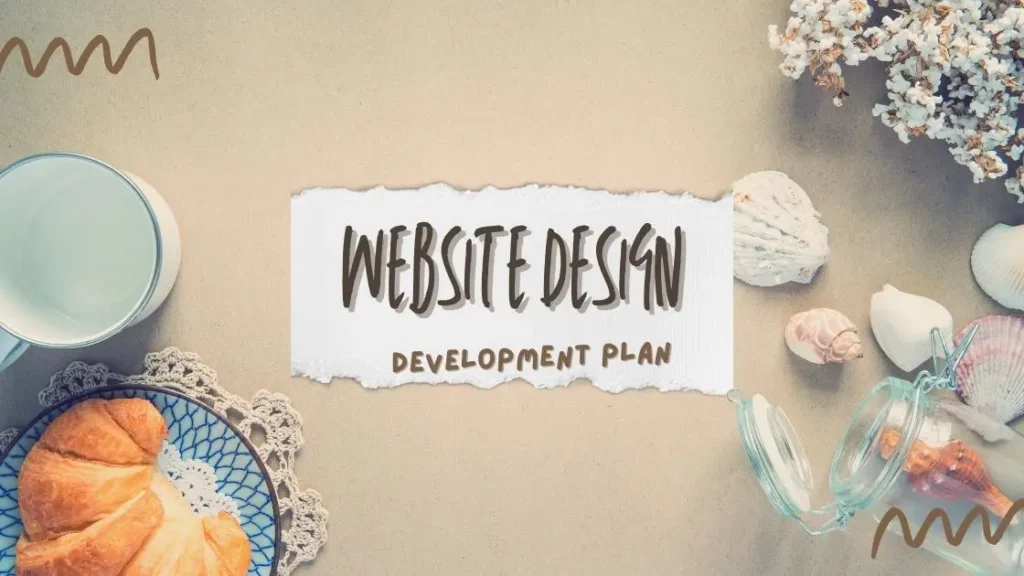
1. Define your goals and objectives.
What do you want your website to achieve? What are your goals and objectives? Be as specific as possible.
2. Do your research.
Before you start designing or developing anything, you need to do your research. This includes understanding your target audience, your competitors, and your industry.
3. Design your website.
Now it’s time to start designing your website. This includes everything from the overall look and feels to the individual pages and elements.
4. Create a sitemap.
A sitemap is an essential part of any website design and development plan. It helps you map out the structure and hierarchy of your website.
5. Choose a payment gateway to build your website.
When it comes to payments on your website, you have a few options to choose from. Each has its own set of pros and cons, so it’s important to select the right one for your business. Here are a few things to keep in mind when choosing a payment gateway for your website:
1. Ease of Use
Your payment gateway should be easy for both you and your customers to use. Look for a gateway with a simple checkout process and clear instructions.

2. Security
Make sure your payment gateway is secure. Look for features like encryption and fraud protection.
3. Compatibility
Make sure the payment gateway you choose is compatible with your website platform and other software you use.
4. Fees
Some payment gateways charge transaction fees, so be sure to compare the costs before selecting one.
5. Support
Look for a payment gateway with excellent customer support in case you have any questions or problems.
6. Determine a marketing strategy and conduct market research.
There are a number of ways to market your website. The most important thing is to have a clear understanding of your target audience and what they are looking for. Once you have that information, you can choose the marketing strategies that will reach them most effectively. Some common website marketing strategies are given below.
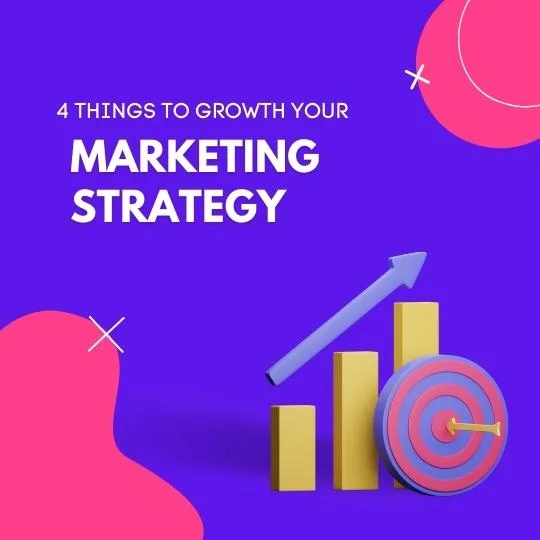
- Search engine optimization (SEO)
- Pay-per-click (PPC) advertising
- Social media marketing
- Content marketing.
Which of these you choose will depend on your target audience and your budget.
SEO is a good option if you want to attract organic, or unpaid, traffic to your website. The goal of SEO is to improve your website’s ranking in search engine results pages (SERPs). To do this, you need to make sure your website is optimized for the right keywords and phrases.
PPC advertising is a good option if you want to attract paid traffic to your website. With PPC, you bid on keywords that you want to appear in search engines.
7. Analyze and optimize the website performance.
Page load time is a web performance metric used to determine how long it takes for a page to appear on a user’s screen. Let’s look at how website performance optimization affects the most important aspects of website success.
Before you begin optimizing your website’s speed, you need first to analyze your current loading time and identify what is slowing it down. Then you should create performance targets for your website. The ideal page load time is less than three seconds. According to Google’s research on average mobile speed across industrial sectors, only a small percentage of websites are near the suggested speed.

Google Page Speed Insights is a free Google tool that does a performance test on your site and makes advice on how to improve it. It is compatible with both the desktop and mobile versions. After you’ve tested your website’s speed, you can begin optimizing it. There are several ways of making your website run better. Analyze and evaluate the most important aspects of website success, such as:
- Conversion
- Visibility
- Usability
In terms of these three elements, test your current website speed and highlight the pages and features that require the most attention. Start with the most time-consuming components of your optimization and focus on the pages that have the greatest impact on your conversion performance.
8 . Add Google shopping and social media catalog.
Users can browse product information from sellers that are updated on a regular basis through Google Shopping. Google Shopping receives feeds including product information from online shops. Users will receive shopping ads matched to their search queries, including product images, prices, and descriptions. If the user finds the information useful, they will click on the advertisements and be taken to the website or business. Google Smart Shopping is a new form of Google Ads campaign. It uses automated bidding and ad placement to make it simple to advertise products on Google AdWords. A Google smart shopping campaign includes product shopping advertisements as well as display ads that can appear on Google search and display networks.
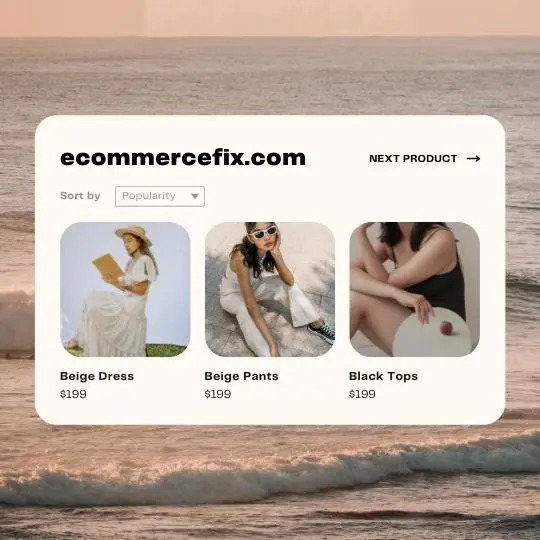
What is the social media catalog?
- A book or booklet containing a list of items is called a catalog.
- A catalog is a list of all of the books that a library has available.
- For instance, a catalog is a brochure that lists all of the items for sale in a store.
What is the best way to make a Facebook catalog?
- Create a new catalog as follows then Go to facebook.com/products
- Pick Catalog Manager Select Catalog Create
- Choose your inventory type, then click Next.
- Select how you wish to add items to your catalog if you selected E-commerce products
- Choose whether your catalog belongs to a Business Manager account or a personal account.
How can I make an Instagram catalog?
- Tap in the top right corner of your shop.
- Select Manage Products, then New Product. Give your object a name, a description, and other details.
- To assist clients in making a buying decision, we encourage you to enter as much information as possible.
- Tap Save after you’re finished to save the item to your catalog.
9. Figure out shipping /storage and packaging options.
Shipping for boxes is a flat rate. This shipping technique allows you to charge your customers appropriately based on the quantity of boxes/master cartons shipped.
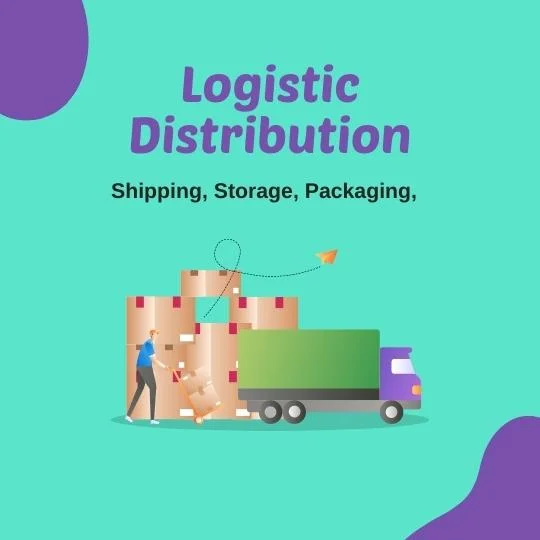
- Shipping is calculated per product.
- Ship to many destinations.
- Pickup is available in the area.
- Shipping is conditional.
Land, air, and marine shipping all play a significant role in our economy. Each has advantages that the other form of transportation does not. It is up to you to make an informed decision about which manner of shipment will be most beneficial to your company.
Select several packaging options for specific products, such as corrugated pads or secure fold mailers. Choose a cost-effective and convenient delivery service that fits your budget. Depending on your needs, you can choose contract shipping or local shipping companies.
What method do you use to bill customers for shipping?
Calculating your average shipping cost per box is a typical method for determining what to charge for shipping. The basic formula is, to sum up, the entire cost of delivering your packages for a month, then divide that number by the number of packages you mailed during that time.
Truck, ship, train, and plane shipments, often known as road, marine, rail, and air shipments, there are four basic modes of transportation in logistics. While each of these types of transport has its own set of advantages, determining which is best for your company requires careful analysis.
10- Finally preview test and publish your website using our guide.
Last but not least, when you are done with all these steps given in this article Check these bullet points for final launching.

- Make sure your website has a contact page.
- Look for minor errors. Make sure you don’t make the mistake of having a typo on an important page.
- Scale the usability of your website.
- Check that your navigation works.
- Configure Google Analytics.
- Check your browser’s compliance.
- Be sure of mobile compatibility and user friendly.
- Monitor and evaluate the website’s performance and make necessary adjustments.
- Compatibility test.
Finally, Now you are all set to launch your website, Make marketing campaigns generate traffic, and build sales funnels to give value to your audience and make conversions as a result. If you found this article useful give us a comment or Contact us to make your website better and to take business consultation to boost your revenue.